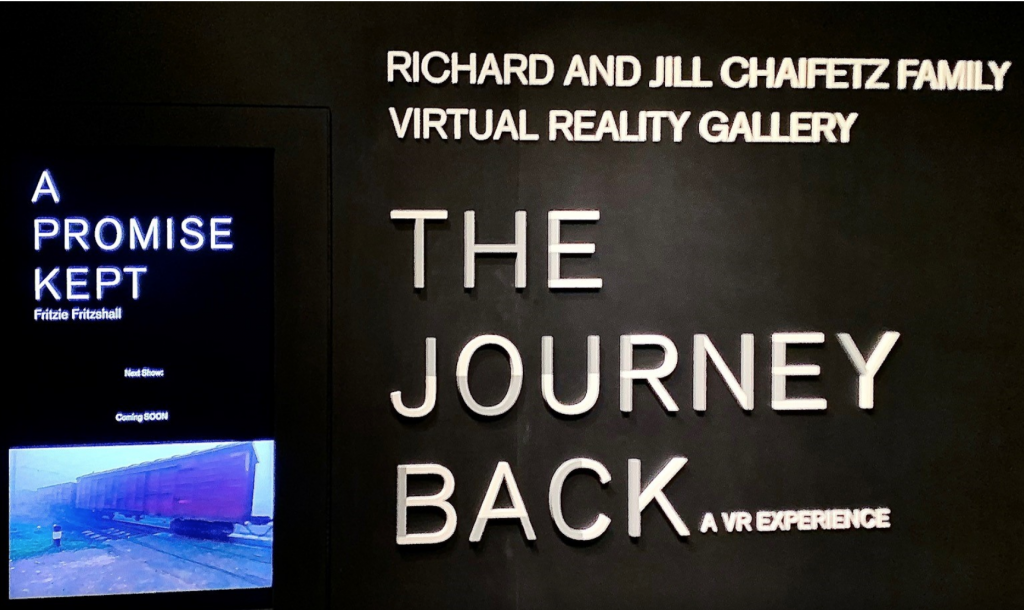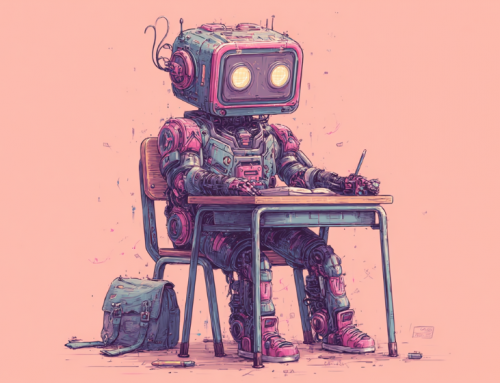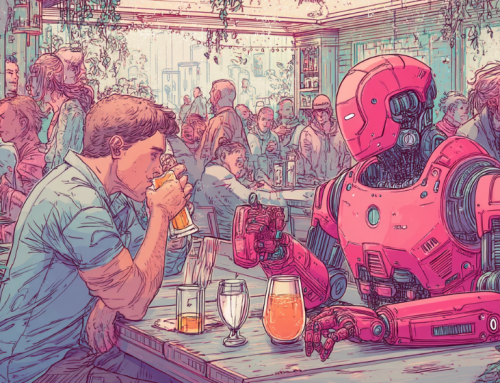
A virtual reality exhibit at the Holocaust Museum in Skokie, Illinois lets viewers experience what it was like to be put into a concentration camp. (Source: ilholocaustmuseum.org)
Museums Engage Visitors with AI-Driven History Displays, Holograms
Efforts to restrict or deny pieces of the past in America have captured the attention of newspapers and magazines recently. That includes attempts to edit what kind of history can legally be taught in schools. Statues have been removed due to their glorification of Civil War Confederates, which intimated approval of slavery and racism. Some state legislatures have wanted to pass laws regarding what they have labeled “critical race theory,” in an effort to eliminate the teaching of unpleasant racial history.
Even the number of people who deny that the Holocaust of World War II, which killed at least six million European Jews, has risen in recent years.
In spite of these attempts to rewrite the past, an uplifting article from axios.com describes how museums are using AI to help create accurate, realistic new interactive exhibits that establish the facts and the truth about the past. AI is helping to bring a greater level of understanding while making history available to students in ways they may not have seen before.
AI Saving History
Museums that focus on racial violence and antisemitism have begun using AI, holograms and virtual reality to allow visitors to have simulated “conversations” with Holocaust survivors and hear the words of enslaved people.
The Illinois Holocaust Museum & Education Center in Skokie, Illinois, and The Legacy Museum: From Enslavement to Mass Incarceration in Montgomery, Alabama, are among the institutions aggressively deploying new technology to vividly tell harrowing aspects of history.
The use of technology such as generative AI to create immersive displays is aimed at fighting bigotry — and comes amid rising concern that AI also can fuel racism by amplifying bias from human-generated content on the internet. You can read a story Seeflection.com carried this week about a racially diverse group of hackers that are working on finding and removing these biases from the latest AI tools including chatbots.
Holographic Conversation
Researchers have written hundreds of books and Holocaust historians have compiled an enormous database of audio/video content from survivors of the Holocaust. By taking these grainy black-and-white filmed interviews from the people of World War II, AI is able to create the voice and the holographic image of a concentration camp survivor. The ability to answer questions put on the hologram brings an entirely new and exciting way of sharing this part of history. It becomes much more than instruction, it becomes real to the audience.
“The holograms can answer questions ranging from whether they believe in God to what they think about genocide,” said Kelley Szany, the Illinois Holocaust Museum’s senior VP of education and exhibitions.
The system is also learning from every interaction with a question from the public.
The Legacy Museum: From Enslavement to Mass Incarceration in Montgomery, Alabama, explains its mission in this video.
Slave History Portrayed
The Legacy Museum in Alabama is also upgrading its institution by deploying AI in one of its exhibits. Other AI projects similar to the one on the Holocaust are planned for the museum in the near future.
It features holograms of actors portraying enslaved people, using their words from saved writings or testimonies in oral histories. The holograms are activated when visitors get close to a reconstructed holding cell.
The holograms sing, ask for missing children, or describe the horrors of captivity. They don’t respond to questions.
“(The) technology transports the viewer, or the individual, into that kind of power of place, of presence to the sites where these atrocities occurred,” Szany said, refering to the technology in the Holocaust exhibit. “It’s a different level of understanding.”
It is likely to be horrific to sensitive people or young children, but for history fans and students, it will be an incredible experience and another AI tool used to preserve history. Even the dark parts of our history can guide us to a better tomorrow by teaching what we have experienced in the past 245 years.
read more at axios.com







Leave A Comment